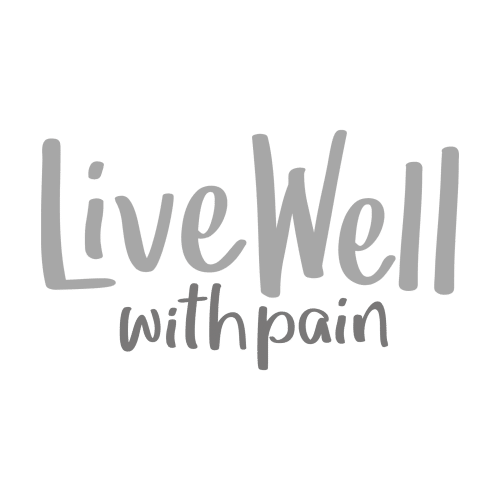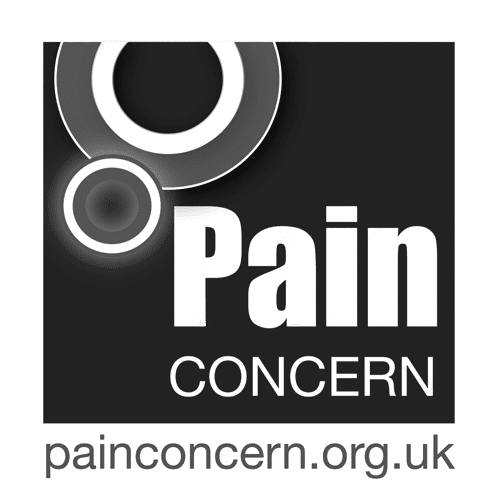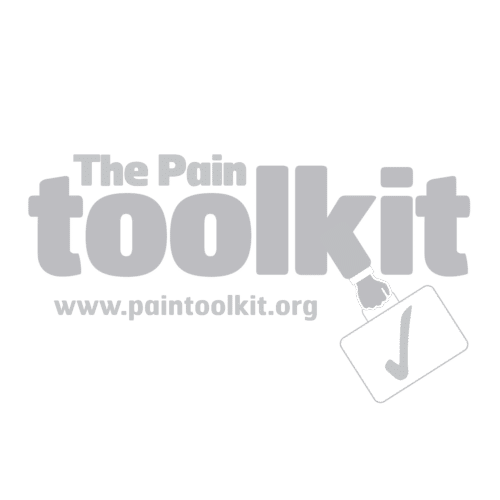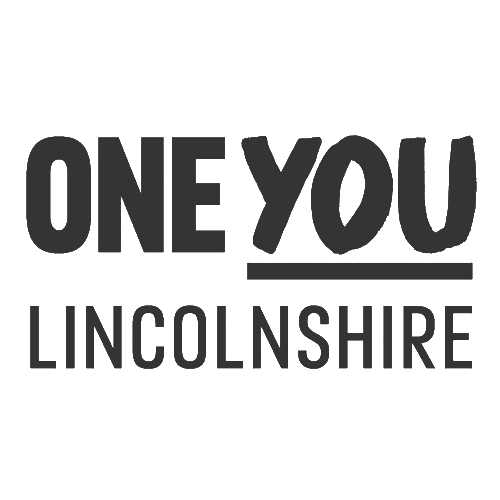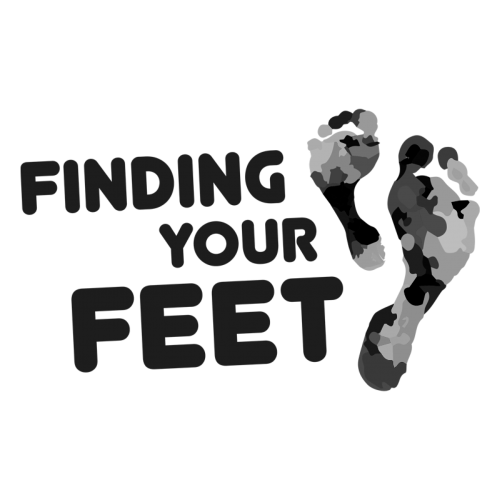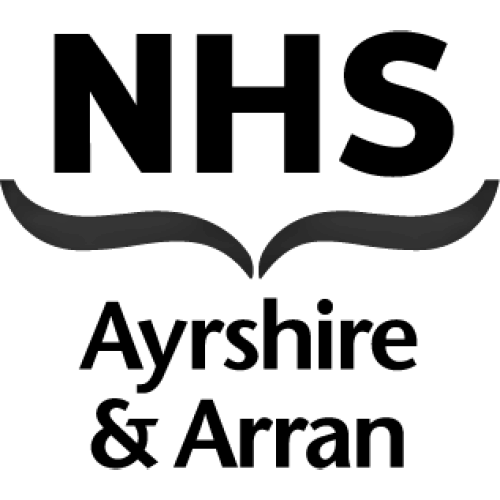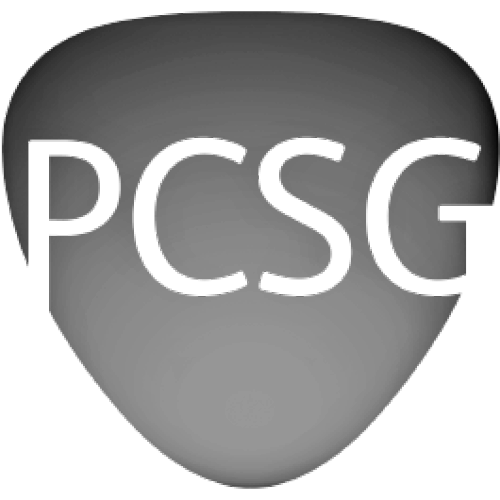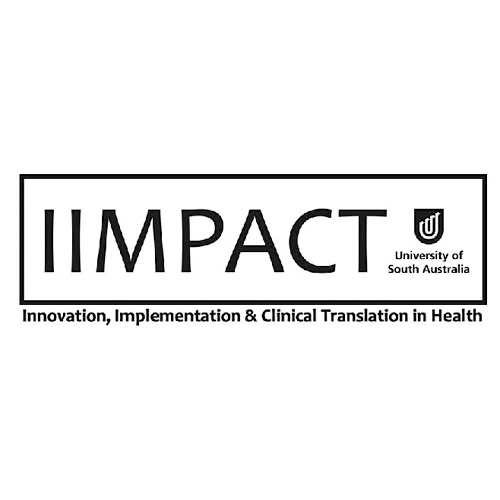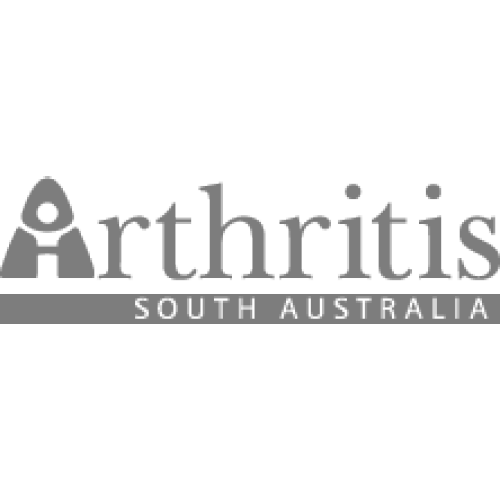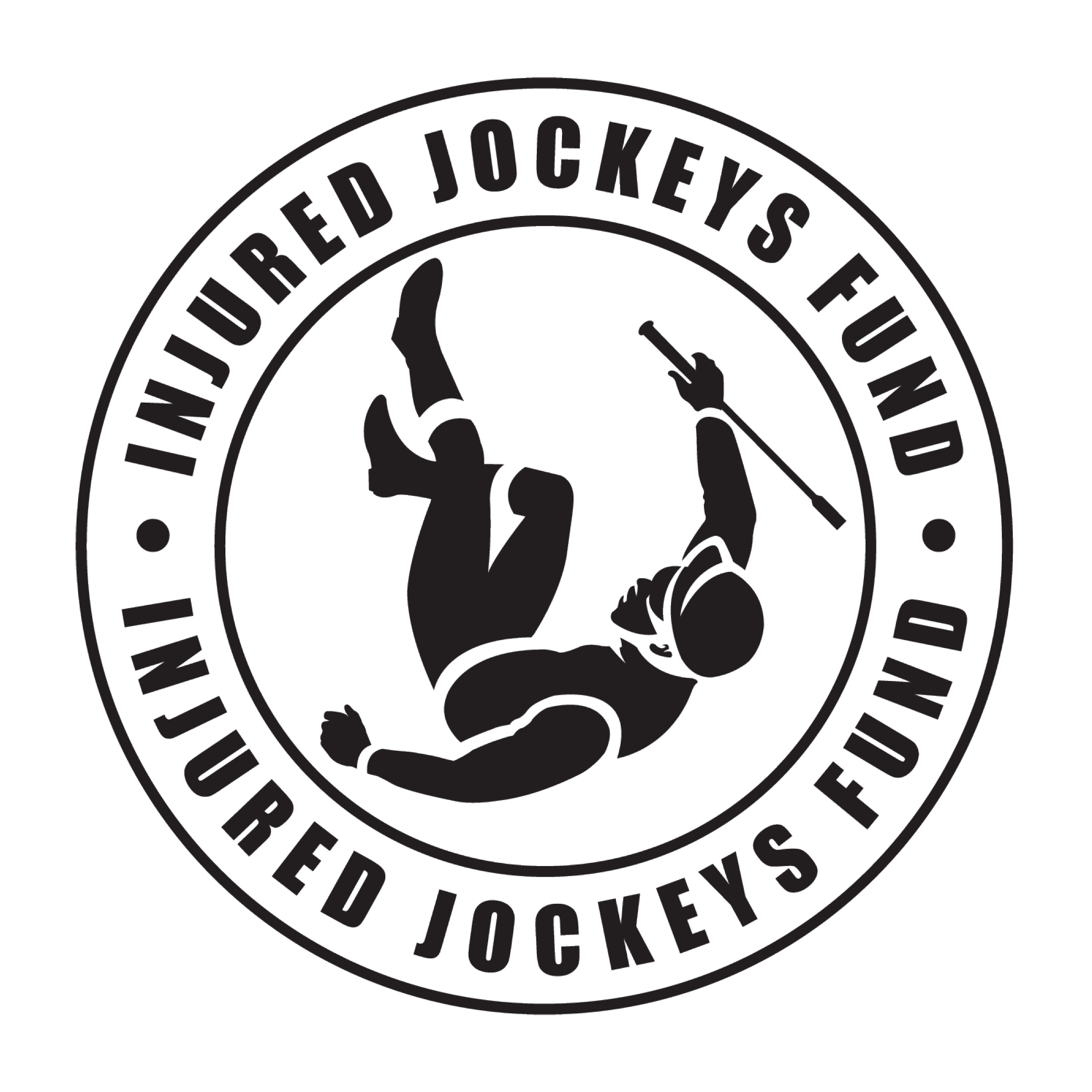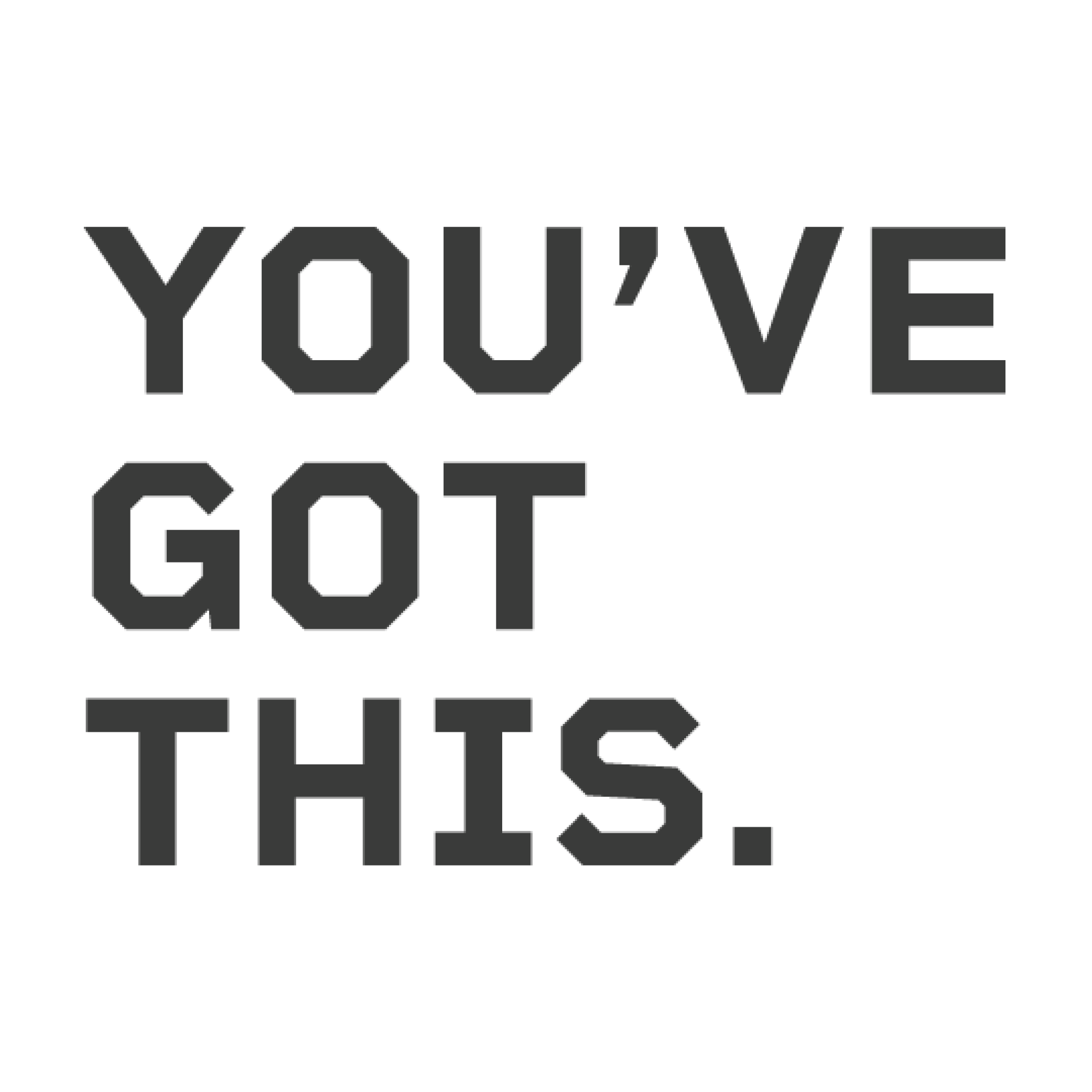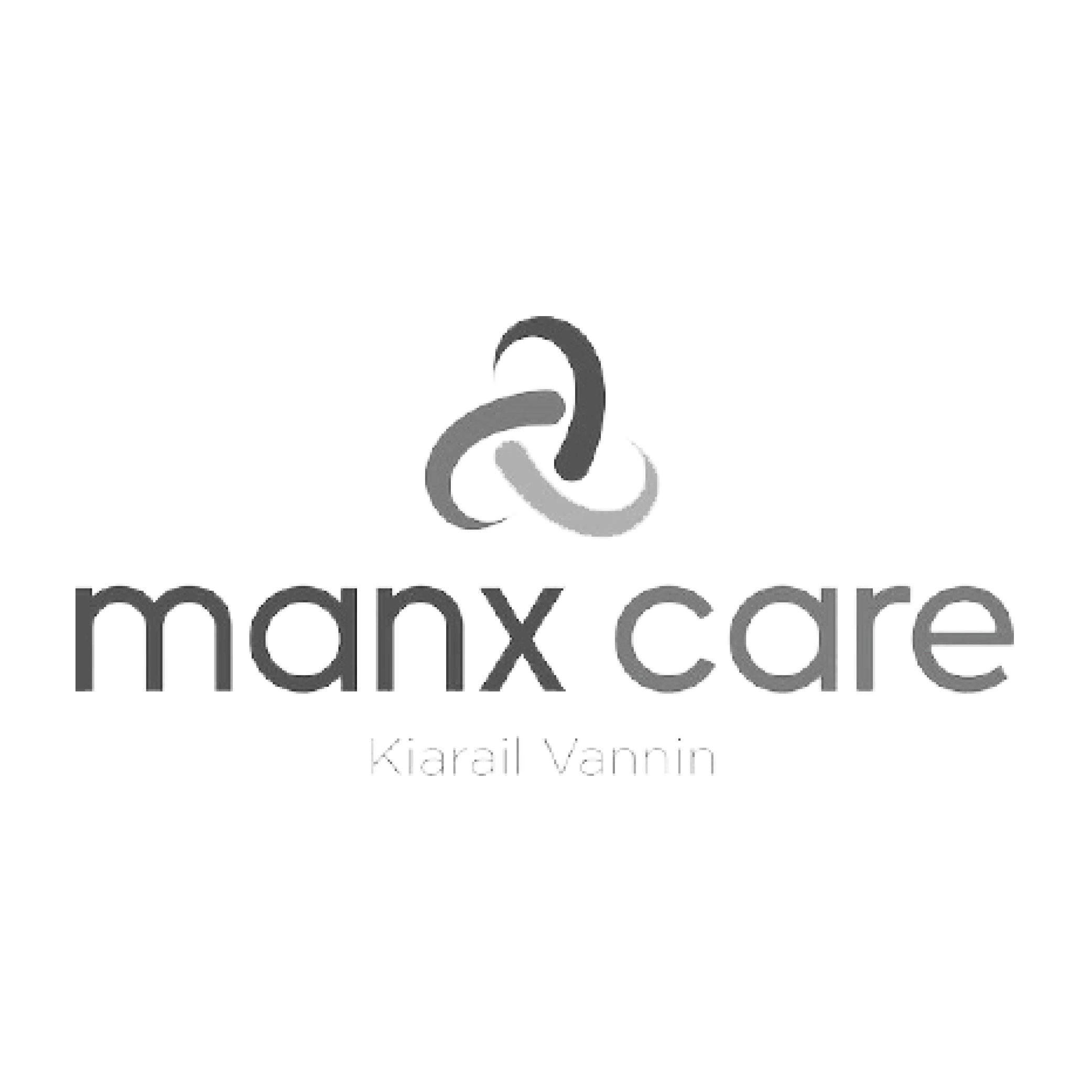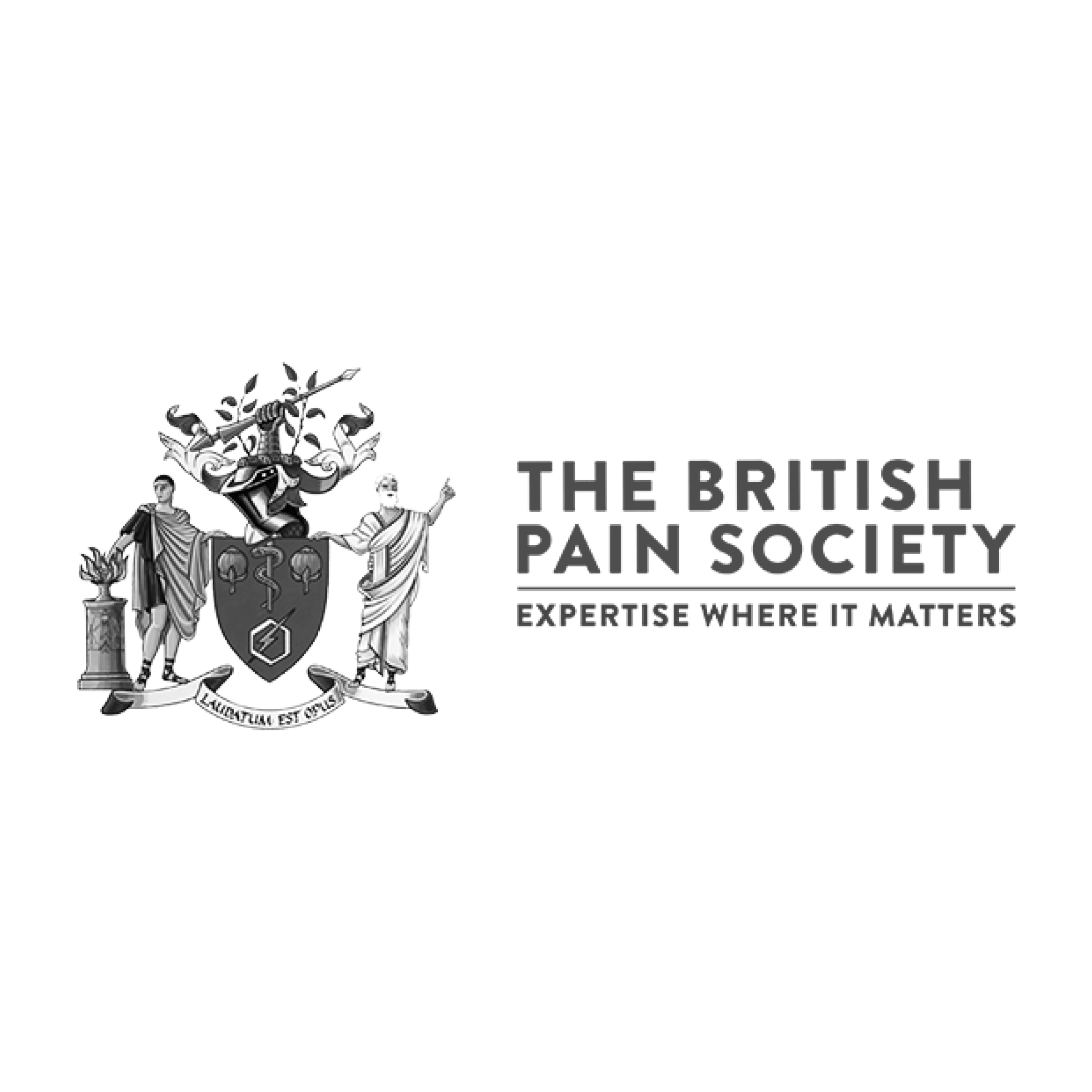Ian has lived with persistent male pelvic pain since 2010 and loves cycling.
In his story, Ian takes us on a journey through his experiences with many healthcare professionals and his own learning, to share how he stayed in the saddle.
“In 2014, my wife and I were cycle touring in Italy. My son had recommended attending the opera in Verona: a new experience for us both.
“But as we sat in a Roman amphitheatre, under the stars on a warm night, my enjoyment was broken by an increasing pain in my groin which worsened as the performance progressed. I had never had pain like it before – this was different.
“I had been diagnosed with chronic prostatitis four years earlier, and had had a variety of antibiotics and pain killers. None had helped. Most had side effects that made things worse. I don’t feel that cycling ever made the pain worse and it made me feel good, but I did reduce how often I went out. It would just be my wife and I cycling, as I couldn’t deal with riding with our cycling club. I stopped going to the gym and Pilates classes. Social and family activities suffered as I lost confidence and motivation, followed by deep periods of anxiety.
The rollercoaster of pain carried on through to 2017, when I came across the book entitled A Headache in the Pelvis.
“This was a different approach and used a broader language of chronic pelvic pain syndrome. Pelvic physiotherapy played a key role so was this going to be a real change in direction on my journey with pain? I identified that there were two named physiotherapists in local NHS services, who were trained in this different approach, and they accepted referrals from GPs. But my GP would only refer me to a pain consultant, so I found a private practitioner and my journey took on board mindfulness and yoga to add to the pelvic physiotherapy. Life improved with a sense of direction, but my journey seemed to hit a dead end after my long awaited appointment with the NHS pain consultant. On his advice, I transferred from my private pelvic physiotherapy to an NHS physiotherapist recommended by the consultant, making the commitment that I’d receive an equivalent level of service. But the physiotherapist did not deliver what had been promised.
“At one stage when I wouldn’t give up cycling, they told me, ‘we know cycling makes things more difficult with pelvic pain’ and that she ‘knew’ that if there was no improvement after four sessions, then there would never be any improvement.
I was still at the same surgery, but with a new GP.
“When I explained this situation, he asked what I wanted to happen and what did I want him to do. Wow, this was different: I was not travelling alone on this journey and the road was opening up. He referred me directly to the pelvic physiotherapy service I had requested the previous year. Unfortunately, after a positive start, the service lost its way, my progress stalled, and I was discharged.
“By late 2018, the change in long-term direction I had hoped for hadn’t happened and I was drifting. I was at an all-time low with doubts and fears taking over. One day my wife returned to the house to find me in tears. She asked me what was wrong and I blurted out that I wished I had cancer, so that I knew what I was dealing with.
“What a stupid thing to say. I felt terrible as to what I had said and I apologise to all those who live with cancer. To be honest, I don’t really remember much as to how I moved on from that low point. I guess the only way was up – as the song goes.
2020 was a year that all of us will remember.
“During the pandemic, Karl Monahan of the Pelvic Pain Clinic ran an online weekly support group which I logged on to. Later that year I started working with him individually and have been working with him ever since. He is another who has joined my journey, providing information and helping me to develop skills to manage and calm the extremes of pain.
“Confidence and motivation improved and I re-joined an African drumming group. Karl advised reading Jon Kabat-Zinn’s book, Full Catastrophe Living. It’s not a light read, but it’s a full account of the eight-week mindfulness stress reduction programme he established in Massachusetts. I use his mindfulness yoga recordings, as I struggle without guidance and I count him as yet another who has joined me on my journey. But hidden away in the pages of his book was a reference to a pain management programme that was established in 1982 at Walton Hospital, which is eight miles from where I live! WHAT: how come nobody had ever mentioned this?!
I worked hard to get a referral to the programme, and following the assessment I was offered online individual sessions with a clinical psychologist.
“What I really wanted was to attend the group pain management programme. My journey required a face-to-face group programme to bring together my previous experiences with the shared experience of others. I had the sessions with the psychologist and was then accepted on the group programme, which ran through January 2023.
“During the assessment and individual sessions I had continued to put the case forward for a male pelvic pain management programme. To my very welcome surprise, the planning for such a programme at Walton Hospital is now underway and I am contributing my lived experience to the programme’s development. I am also planning a local peer support group for men affected by persistent pelvic pain.
Pelvic pain affects so many aspects of your life.
“Even now when things are much better, I’m still doing various things (either learning at the computer or meditation) to help my pain, and that means less time with Mary, my wife. I don’t really know what it’s like for her with someone else (pain) in our marriage. If people with lived experience sit at the centre of the well-kept secret of chronic pain, then partners and family sit in the shadow of that secret.
“In the past, I was avoiding activities because of my pain, but now I pace and prioritise things. There are people who cycle quicker than me but it’s no fun when I try to keep up with them and the end result is more pain. Now I approach it differently: where’s the sweet spot? What is the right cadence, speed, or hill climb for me? It’s about enjoyment, rather than just aiming to do more.
“Pain no longer stops me from doing things, but it makes me more consistent in what I am doing. Information for me is the key ingredient to recovery. Action needs to be informed: – the two go together when it comes to self-management.
“Support is also key. I’m not a ‘light bulb moment’ kind of person, but describe myself as a ‘slow burner’. I’ve gathered information along the way and consolidated it. If it doesn’t click straight away, I’ve learnt to be patient and take support from the experiences of others with lived experience. It’s a ‘step by step’ process. I am now taking a much more active responsibility for my journey with a clearer sense of direction, something that has previously been lacking. I do this all and in the knowledge that I am not alone.
“And tomorrow I’ll be back on my bike!”
Ian also discussed his experiences with his Physiotherapist in a podcast you can watch here.



